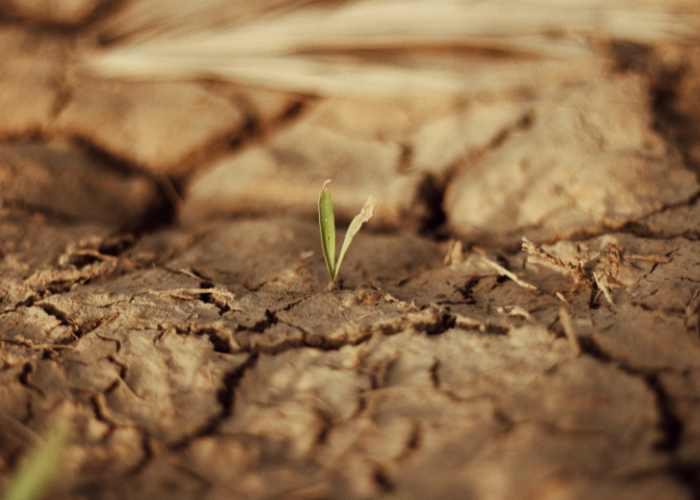El Niño Returns: Impact on global weather and agricultural marketsBY ALVARO CORONA
- 18 July 2023
- Posted by: Competere
- Categories: highlights, News, SUSTAINABLE NUTRITION, Sustainable Oils & Fats

The agricultural industry is always susceptible to price volatility, but it looks towards technology to minimize volatility and manage the risks in the industry. The recent establishment of El Niño weather patterns forces us to consider the effects this will bring on our agricultural production and prices.
MARKET VOLATILITY
FORECASTING EL NINO’S WRATH
Based on historical patterns, we can anticipate El Niño to bring drought conditions to Southeast Asia, South Asia, Northern Australia, and Central America. Southeast Asian nations, Malaysia and Indonesia account for 80% of global palm oil production but given the historical trends of El Niño, we can expect a decrease in yield. In previous occurrences, South Asian nations, India and Thailand, have witnessed a 5-10% decrease in sugar production due to this climate phenomenon. Similarly, Australia has experienced a decline in rapeseed yield during the same phenomenon. These are effects from El Niño that we can anticipate as we have witnessed them in previous years, but currently there is a drought in the US Midwest affecting the production of soybean. As a result, the Chicago Mercantile Exchange has reflected a significant price increase in soybean, soybean oil, and soybean meal. As evidenced by the recent performance of a soybean contract in the US, soybeans have reached a new peak, reaching a 20% increase since June. Palm oil estates in Malaysia have already begun to experience water stress, inducing a reduction in yields. This is a mere glimpse into the affects in the agricultural economy as Malaysia forecasts the peak of the El Niño weather pattern at the beginning of 2024. Southeast Asian nations will be faced with an increased risk of cross border haze as a result of prolonged heat and dry weather which calls for an increase control of fires.
MITIGATING RISKS
.
>> Read Progress and Promise: palm oil sector as a zero-deforestation role model <<
